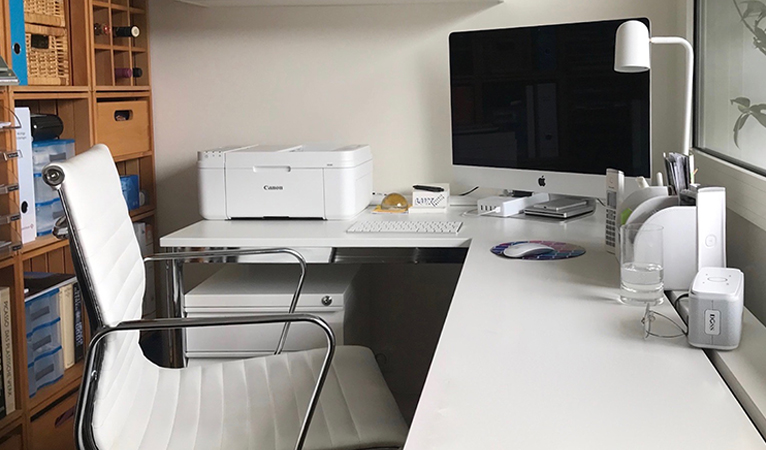How Do You Determine the Best Length of Flat Bar for Your Project?
Choosing the best length of flat bar for your project is a critical step that can influence the overall success and efficiency of your work. Flat bars are versatile materials used in various applications, including construction, manufacturing, and DIY projects. Determining the right length involves understanding your project requirements, material properties, and cutting capabilities. Here's a guide to help you make an informed decision.
1. Understand Your Project Requirements
The first step in determining the best length of flat bar for your project is to clearly understand your specific needs. Consider the following questions:
- What is the purpose of the flat bar in your project?
- What dimensions (length, width, thickness) are required?
- How many pieces of flat bar do you need?
- Are there any structural or load-bearing considerations?
For instance, if you are working on a structural project, the flat bar's length must meet specific load-bearing requirements. In contrast, a decorative project might prioritize aesthetic dimensions over structural integrity.
2. Evaluate Material Properties
Flat bars come in various materials, including steel, aluminum, and stainless steel. Each material has different properties that can affect the required length. Consider the following:
- Strength and Durability: Steel flat bars are known for their strength and durability, making them suitable for heavy-duty applications. Aluminum, while lighter, offers good corrosion resistance and is easier to cut and shape.
- Flexibility and Malleability: Depending on your project, you may need a material that can be easily bent or shaped without breaking. Aluminum and some stainless steels offer excellent malleability.
3. Consider Standard Sizes and Custom Cuts
Flat bars are typically available in standard lengths, such as 6, 8, 10, and 12 feet. While these standard sizes can often meet general needs, some projects may require custom lengths. When choosing a length, consider:
- Standard Lengths: Opting for standard lengths can save you time and money since these are readily available and often cheaper.
- Custom Cuts: For projects with specific size requirements, custom cutting services can provide flat bars cut to your exact specifications. This option minimizes waste and ensures precise fitting.
4. Factor in Cutting and Handling Capabilities
Another important aspect to consider is your ability to cut and handle the flat bars. If you have the necessary tools and skills to cut the bars yourself, you might opt for longer lengths and cut them down to size as needed. However, if you lack cutting equipment or expertise, purchasing pre-cut bars in the required length can be more efficient and safer.
5. Plan for Waste and Allowances
Always plan for a small amount of extra material to account for any mistakes or adjustments during the project. This allowance helps prevent delays and ensures that you have enough material to complete the job without interruptions.
6. Consult with Suppliers and Experts
If you're unsure about the best length for your project, consulting with suppliers or experts can provide valuable insights. They can offer recommendations based on their experience and knowledge of material properties and application requirements.
Conclusion
Determining the best length of flat bar for your project involves a thorough understanding of your project requirements, material properties, and available cutting capabilities. By considering these factors, you can select the most suitable flat bar length that ensures efficiency, minimizes waste, and meets your project's needs. Whether you're working on a structural application, a manufacturing process, or a DIY project, taking the time to choose the right length will contribute to the overall success and quality of your work.
TAGS :













